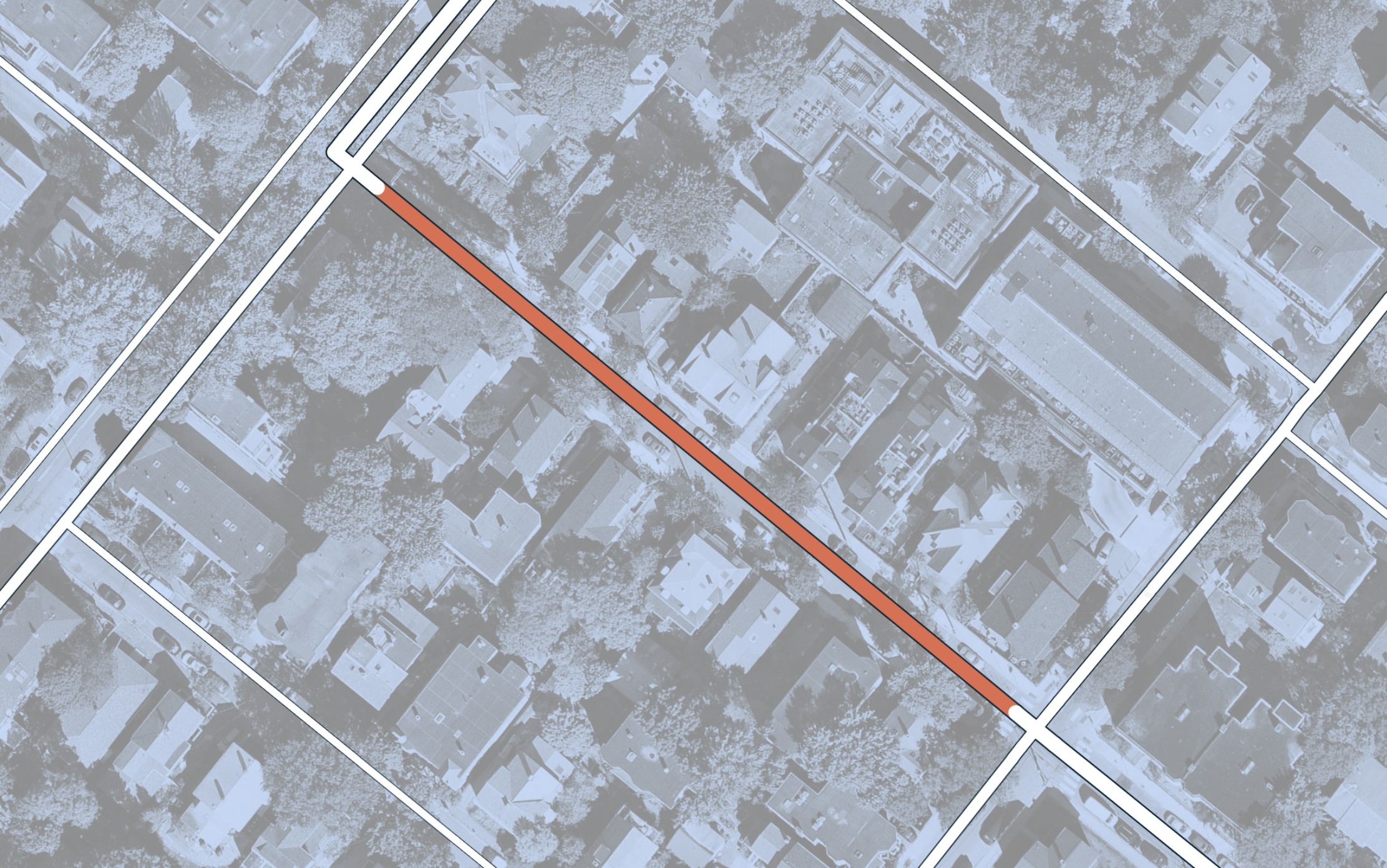Baseform Tip: don't reuse pipe IDs in your GIS
It can have disastrous effects when trying to take advantage of modern predictive capabilities.

A common practice in water system GIS management is to retain a pipe’s ID when it is replaced or renewed, eliminating the older pipe from the database. This seems logical at face value and works for direct GIS management. It has, however, one disastrous effect when trying to take advantage of modern predictive capabilities, AI or otherwise, to infer pipe deterioration and break rates. Besides losing one valuable pipe record, the problem is that the new pipe section, sporting the same ID as the one it replaced, inherits the latter’s repair history, as recorded in work orders or maintenance system.
This either results in compromised predictions, or causes that particular set of work orders that incongruously predate the pipe’s install date to be filtered out – which reduces the sample size and loses valuable insight into older pipes. Water systems don't fail that much, fortunately, but this also means that pipe break records are never plentiful. Wrong or missing install dates are common in water system GISs. When a work order predates the pipe’s install date, it's hard to tell whether it’s faulty data, or a new pipe retaining an older ID - particularly as the renewal event may not be recorded in as a work order, or sufficiently documented somewhere to be effectively detected by the predictive data processing. Ideally, the new pipe gets a new ID, and the decommissioned pipe is retained in the GIS database, providing rich predictive value through its repair and replacement history. Being able to predict pipe break rates and useful lives with an improved degree of confidence is worth a significant amount of money when planning capital expenditure. Small details like this cost very little to implement but return outsized value.
Get in touch for more information, and to find out how your utility can benefit from Baseform.